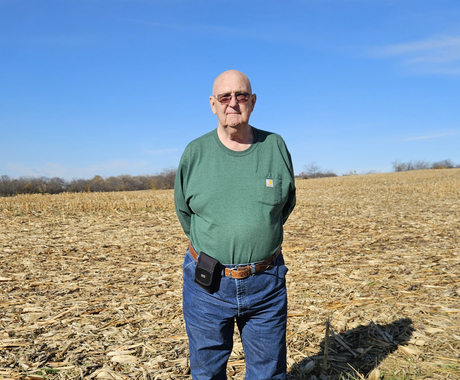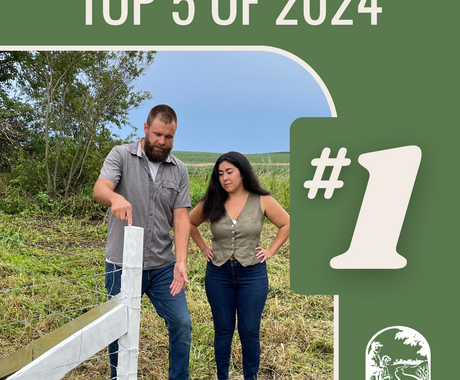Update as of Dec. 19, 2024: Due to overwhelming response to the funding opportunities made possible by the IRA, the USDA is pausing those applications requesting federal grant funding of up to 50% of eligible project costs. The last day to submit a new application for this funding is Dec. 31, 2024. Applications for grant funding up to 25% of the project cost, and loans for up to 75% of the project costs will continue to be accepted through March 31, 2025, for fiscal year 2025. Fiscal year 2026 deadlines are Sept. 30, 2025, Dec. 31, 2025, and March 31, 2026. In October, the Rural Energy for America Program (REAP) was provided $600 million to help rural small business owners and agricultural producers decrease their energy costs through energy efficiency measures or the purchase of energy-efficient equipment.
REAP, which is administered by the U.S. Department of Agriculture (USDA), has been popular since its creation in 2003. In 2024, the program received additional funding and support through the Inflation Reduction Act (IRA). Grants are now available for up to 50% of eligible project costs, and guaranteed loans are available for 75% of the project cost.
Saving money on energy expenses can be a windfall for rural small businesses and agricultural producers. REAP can assist by providing guaranteed loan financing and grant funding for solar arrays, geothermal systems, and wind turbines, or for making energy-efficient upgrades to irrigation motors and grain dryers, windows, doors, refrigeration units, and lighting.
However, applying for a REAP grant or loan involves some preparation and planning. Applicants should ensure they have a clear understanding of the requirements. For example, energy audits may be required for energy efficiency grants, and they can take several months to complete. Also, applications are evaluated through a scoring system. For energy efficiency improvement projects, the most points will be awarded for projects that estimate the energy saved at 50 percent or greater. No points are awarded for projects that show less than 20 percent energy saved.
Application assistance is available. Every state has a USDA Rural Development State Energy Coordinator. Reaching out to this office well in advance of the submission deadline to discuss your project can ensure your application is on the right track from start to finish. Some states offer additional assistance; for example, the Clean Energy Districts of Iowa offers REAP coaching. Steve Hopkins and Mark Patton, REAP coaches with Clean Energy Districts of Iowa, support 13 counties across the state.
“It makes sense if you are curious to go ahead and contact someone to see if the project you are considering is eligible and if the idea fits or doesn’t fit the grant," Steve said. "Even if the idea is not a good fit for REAP, it may be eligible for other funding. For example, some projects that are not a good fit through REAP might be a better fit through the Environmental Quality Incentive Program, also known as EQIP.”
Eligible agricultural producers and small businesses must have no outstanding delinquent federal taxes, debt, judgment, or debarment. Ag producers must be directly engaged in production with at least 50% of their gross income coming from agricultural operations. Small businesses must be located in eligible rural areas with populations of 50,000 residents or less and must be a for-profit entity, cooperative, or independent rural electric utility and must meet Small Business Administration size standards. Each applicant must have an active registration in the System for Award Management (SAM.gov) as well as a Unique Entity Identifier, or UEI.
Upcoming deadlines are Dec. 31, 2024, and March 31, 2025. Since funding for this program was announced through 2027 on the federal registry, there is an opportunity for anyone interested to start the process now. Fiscal year 2026 deadlines are Sept. 30 and Dec. 31, 2025, and March 31, 2026. Fiscal year 2027 deadlines are Sept. 30 and Dec. 31, 2026, and March 31, 2027.




